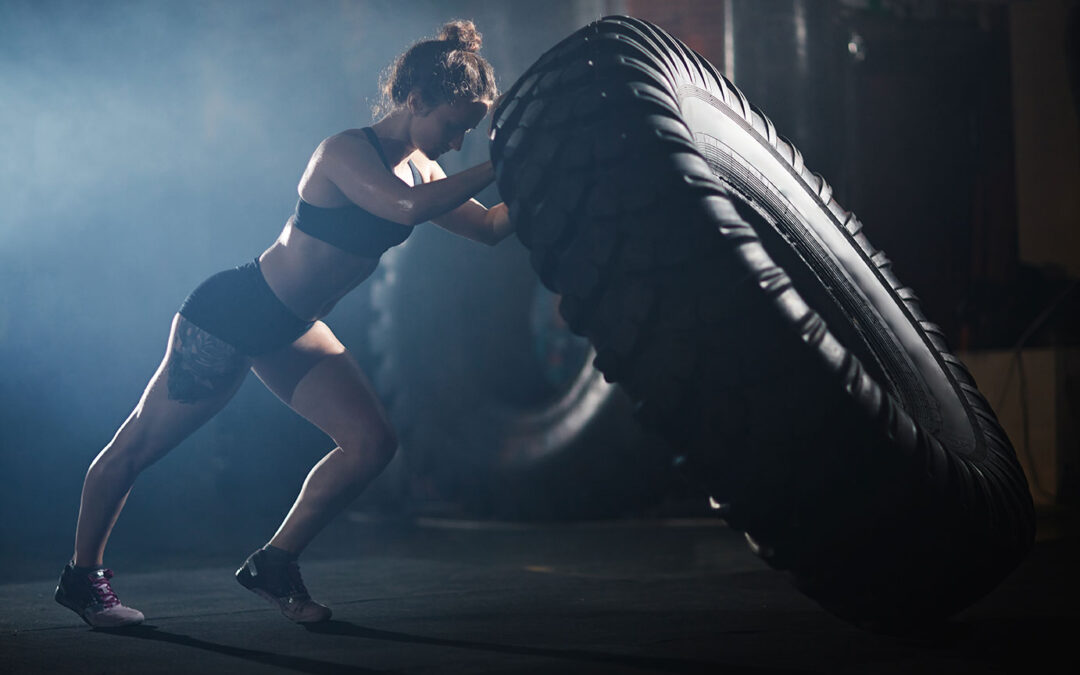What is strength? Part 1 of 2
What is strength? As a teacher and practitioner, I have noticed an interesting phenomenon. Many people believe or intuit that strength comes from using some kind of force, some kind of muscular contraction. This is correct of course, but it is only one part of the equation. The other, no less important part of the equation is that to use muscles optimally and to build strength, one needs to be able to release as fully as possible the muscular contraction between each movement one makes. This is surprisingly difficult for people to do. Because to release fully, one has to bring a lot of attention and focus to it, and this is not always intuitive. Real strength, I posit, comes from engaging our body when we need to and also fully releasing it when we rest. The release, when done properly, can be felt in the musculature, in the joints and even in our breathing. This interplay between using force and releasing force then, is what can make our body stronger and more resilient.
Let’s use the example of the following classic Feldenkrais movement to illustrate how ones’ strength can be affected by using muscular contraction and muscular release. Suppose one is lying on the floor and stands the right foot on the floor with the knee facing the ceiling. When one presses the right foot into the floor the right side of the pelvis comes off the floor and the pelvis tilts to the left. When one releases the pressure off the right foot, the pelvis comes back onto the floor. But is the pelvis fully released and resting on the floor? And if not, can the whole body rest?
I often observe in my classes that instead of fully releasing the pelvis many people maintain a slight muscular tension. The right side of the pelvis stays marginally lifted, as if preparing for the next movement. So, I asked myself why do so many people do this so frequently? It seems that keeping this slight muscular tension while “resting” may feel good initially. This is because, as one does not release the pelvis fully, there is less weight pulling on the bones and less lengthening between the joints. Furthermore, as you start making the next movement it takes less effort to contract the muscles, as they are already slightly contracted. However, maintaining some muscular contraction when resting comes at a price. Over time, as you make a habit of not fully releasing your muscles, you get less rest, there is less opening and lengthening in the joints and as your muscles do not release fully, eventually they may contract and shorten and stay that way.
Clearly, keeping our muscles contracted between movements, even if only slightly, gives us less rest and less strength over time.
